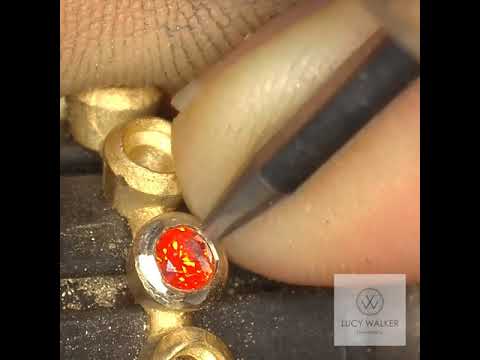Greetings metal enthusiasts! I recently bought a Swiss hammer handpiece (with the spring) that I have been debating for years. I set (or have in past) set many bezels and finally broke out of the stone age I believe with this tool. My bezels were always set using a combination of small dapping punches and burnishers all by hand… But the fingers are not what they once were…so)
I had contemplated purchasing a small air unit that could also incorporate engraving but business is so poor nowadays I figure it would never get paid for.
The Swiss spring unit was costly enough but at $430 US I relented. Mind you I will likely have to buy another low speed Foredom to run it correctly. Along with it I purchased a set of 6 anvil shapes so thinking I might be set. (Hopefully customs releases my package soon… They seem to sit in Montreal for 30 days or more like my last order from Stuller and many others)
If anyone has any suggestions on how to properly use this gadget, I would love to hear!
Cheers and all the best from Canadahhh eh
TerryV
 Live and learn!
Live and learn! Good question!
Good question! Most of us who do this work spend an incredible amount of time practising and learning. Its a never ending cycle. Even an old dog with fading vision and achy hands can learn a new trick … Thanks to all and cheers from the pacfic NW (stuck on an Island)
Most of us who do this work spend an incredible amount of time practising and learning. Its a never ending cycle. Even an old dog with fading vision and achy hands can learn a new trick … Thanks to all and cheers from the pacfic NW (stuck on an Island)



